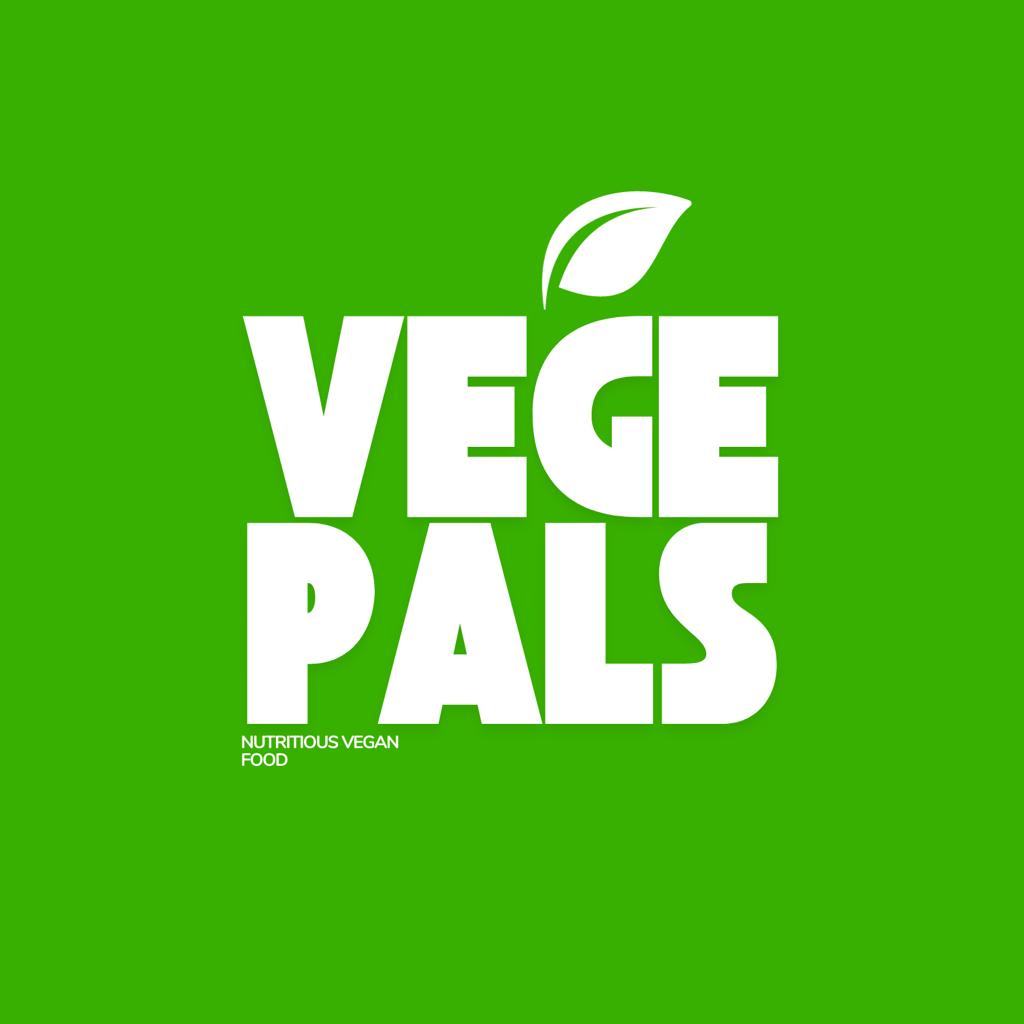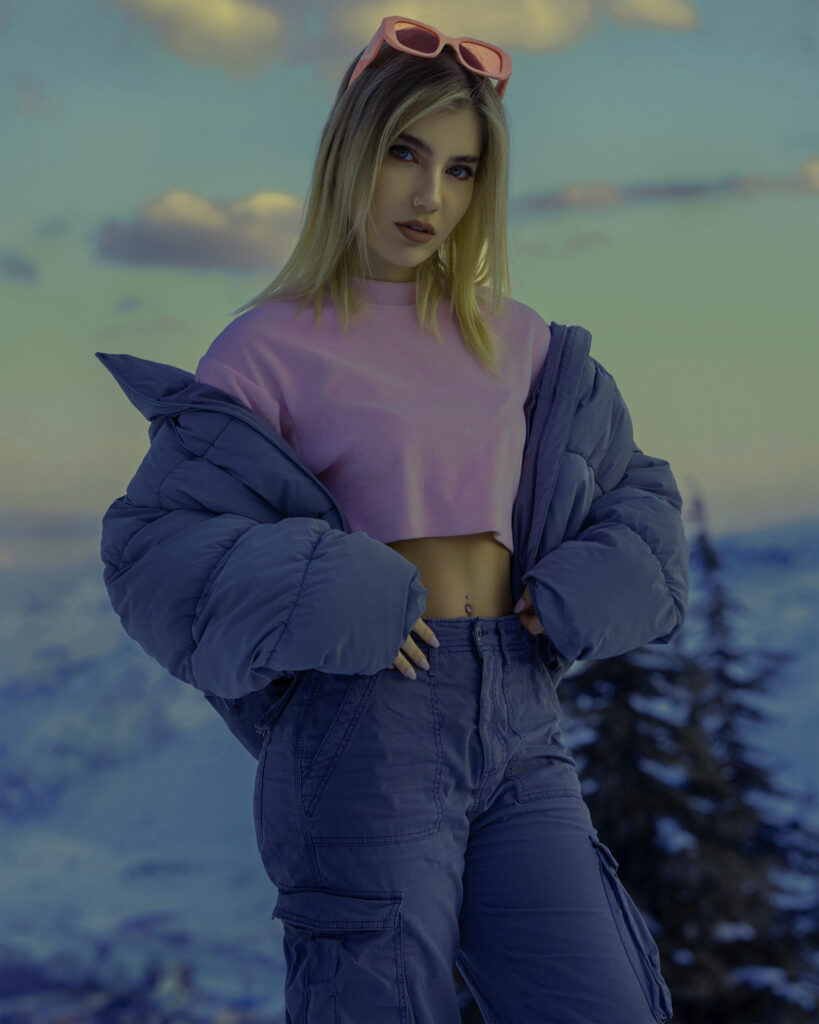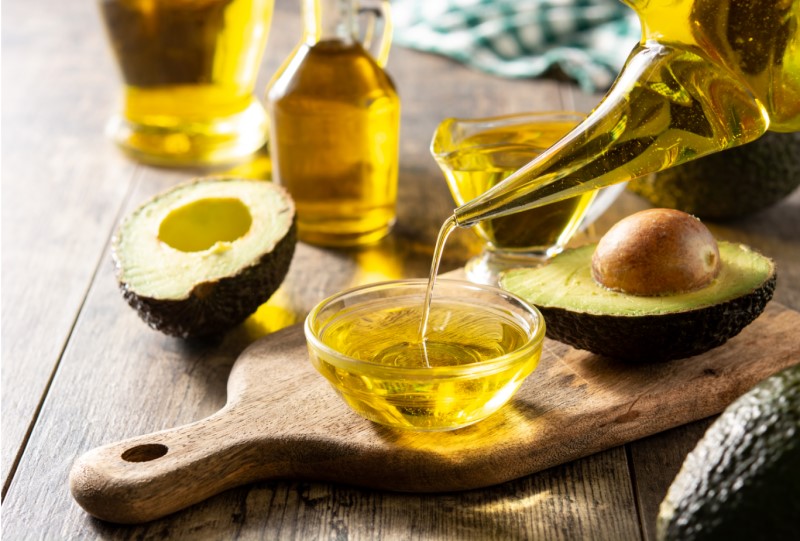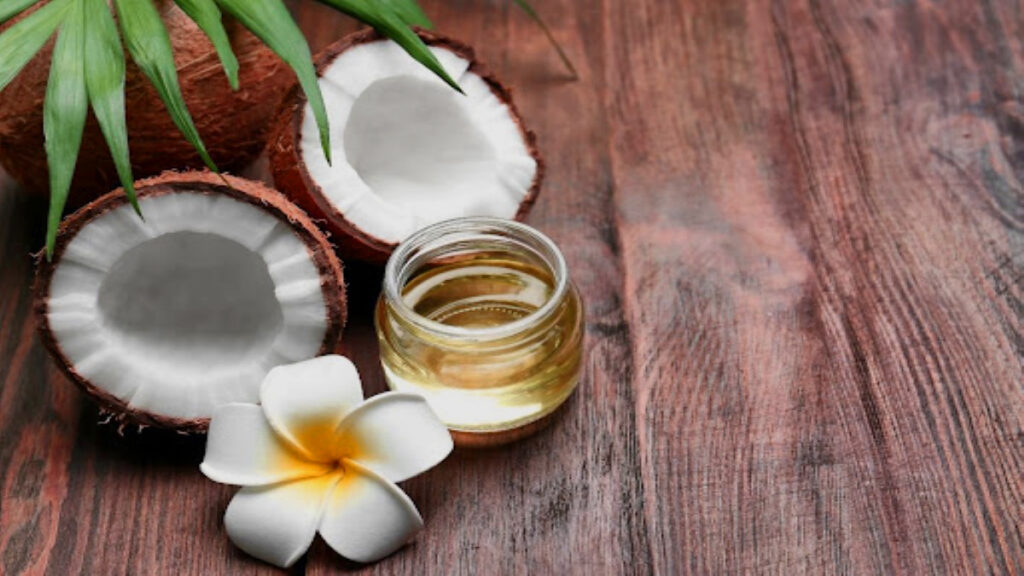Introduction
In the realm of fashion, the puffer jacket has become a ubiquitous symbol of warmth and style. However, the traditional puffer jacket is often associated with animal cruelty, as it typically utilizes down feathers or synthetic materials derived from petroleum. Amidst growing concerns about environmental impact and animal welfare, the vegan puffer jacket has emerged as a compassionate and sustainable alternative.
These jackets are designed to provide warmth and insulation without compromising ethical principles. They employ innovative materials such as recycled fibers, plant-based down alternatives, and water-resistant fabrics. These jackets offer a host of benefits, including:
Cruelty-free: Vegan puffer jackets eliminate the suffering of animals associated with down feather production. Eco-friendly: They are crafted from sustainable materials that minimize environmental impact. Performance-driven: Vegan puffer jackets provide exceptional warmth, insulation, and weather protection. Fashion-forward: They come in a wide range of styles and colors to suit diverse tastes and preferences.
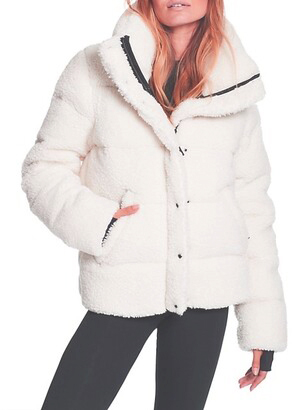
What is a Vegan Puffer Jacket?
A vegan puffer jacket is a type of outerwear that utilizes materials derived from plants or recycled sources rather than animal products. It replicates the warmth and insulation of traditional down puffer jackets without the ethical and environmental drawbacks.
Key components of vegan puffer jackets include: Fill: Plant-based down alternatives such as kapok fibers, recycled polyester, or repurposed wool are used to provide insulation. Outer shell: Water-resistant and windproof fabrics, often derived from recycled materials, protect against the elements. Lining: Soft and breathable fabrics, such as recycled cotton or organic fibers, enhance comfort.
The Eco-Friendly Fashion Revolution
This jacket represents a significant step towards a more sustainable and compassionate fashion industry. By embracing plant-based materials and recycled alternatives, the industry can reduce its reliance on animal products and minimize its environmental footprint.
Consumers play a crucial role in driving this eco-conscious shift. By opting for vegan puffer jackets, they can make a positive impact on the environment and animal welfare.
Features and Benefits of Vegan Puffer Jackets
Vegan puffer jackets offer a compelling combination of ethical considerations, environmental benefits, and functional performance. They cater to a growing demand for sustainable and cruelty-free fashion choices.
Ethical: Vegan puffer jackets are free from animal-derived materials, eliminating the suffering associated with down feather production. Sustainable: They utilize plant-based or recycled materials, reducing reliance on non-renewable resources and minimizing environmental impact. Warm and insulating: Innovative fill materials, such as recycled polyester fibers or kapok, provide exceptional warmth and insulation. Water-resistant and windproof: Outer shells crafted from recycled nylon or polyester offer protection against the elements. Comfortable and breathable: Soft linings, often made from organic cotton or recycled fibers, enhance comfort and breathability.
The Evolution of Puffer Jackets
Puffer jackets, with their signature quilted design and exceptional warmth, have become a staple in wardrobes worldwide. Their journey, however, has been marked by significant transformations, from humble beginnings in the realm of down-filled jackets to the advent of synthetic alternatives and the emergence of innovative vegan materials.
Down-Filled Origins: The Skyliner and Beyond
The history of puffer jackets dates back to the 1930s when Eddie Bauer, an avid outdoorsman, faced a near-fatal encounter with hypothermia during a fishing trip. Inspired by the insulating properties of birds’ down feathers, Bauer sought to create a jacket that could effectively retain body heat. In 1936, he developed the Skyliner, the first commercially available down jacket, ushering in an era of warmth and comfort for outdoor enthusiasts.
Synthetic Fill: A Shift Towards Performance and Versatility
As puffer jackets gained popularity, the limitations of down feathers became apparent. Down feathers could clump, lose their loft, and absorb moisture, reducing their insulation value and increasing the jacket’s weight. In response, synthetic fill materials, such as polyester and nylon fibers, emerged in the 1960s. These synthetic alternatives offered several advantages:
Durability: Synthetic fill was less prone to clumping and could withstand repeated washings, maintaining its insulating properties over time. Moisture resistance: Synthetic fill was less susceptible to moisture absorption, allowing jackets to retain their insulation even in wet conditions. Versatility: Synthetic fill could be engineered to provide varying levels of warmth and insulation, catering to a wider range of temperatures and activities.

Innovation in Vegan Materials: A Compassionate and Sustainable Approach
The demand for sustainable and cruelty-free fashion has led to the development of innovative vegan materials for puffer jackets. These materials aim to replicate the warmth and insulation of traditional down or synthetic fill while adhering to ethical and environmental principles.
Some notable examples of vegan fill materials include:
Kapok: This comes from the kapok tree. Kapok fibers are light but tough. They resist water we-ll and they keep you warm too. Recycled polyester: Repurposed from plastic waste, recycled polyester fibers are sustainable and provide comparable warmth to traditional synthetic fill. Repurposed wool: Recycled wool fibers can be used to create vegan puffer jackets that offer a blend of warmth, breathability, and natural comfort.
Vegan Puffer Jacket vs. Traditional Puffer Jacket
Puffer jackets have become a winter essential, providing warmth and comfort during cold weather. However, the choice between a vegan puffer jacket and a traditional puffer jacket has significant implications for animal welfare and sustainability.
Animal Welfare: A Compassionate Choice
Traditional puffer jackets often utilize down feathers as insulation, obtained through a process known as down harvesting. This practice involves plucking feathers from live geese or ducks, causing immense suffering and distress to the birds. In some cases, the birds are kept in cramped, unsanitary conditions, further exacerbating their welfare concerns. Vegan puffer jackets, on the other hand, eliminate the need for down feathers, opting for plant-based or recycled alternatives. This compassionate approach aligns with the growing movement towards cruelty-free fashion, ensuring that no animals are harmed in the production process.
Sustainability: Embracing Eco-Conscious Practices
Traditional puffer jackets often rely on synthetic fill materials derived from petroleum, a non-renewable resource. The production of synthetic fill can contribute to environmental pollution and greenhouse gas emissions, raising sustainability concerns. Vegan puffer jackets, in contrast, often utilize plant-based materials such as kapok fibers or recycled polyester. Kapok is a natural fiber derived from the kapok tree, while recycled polyester is produced from repurposed plastic waste. These alternatives reduce reliance on non-renewable resources and minimize environmental impact.
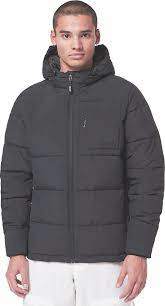
Choosing the Perfect Vegan Puffer Jacket: A Guide to Materials, Style, and Fit
Vegan puffer jackets are getting more and more popular. They’re a cool, earth-friendly switch from typical down jackets. With lots of materials, looks, and sizes to pick from, choosing the right vegan puffer jacket might feel hard. This guide will help you look through the choices and decide on something that matches what you want and need.
Material Matters: Exploring Vegan Fill Options
Vegan puffer jackets utilize a variety of plant-based or recycled materials to provide warmth and insulation. Every material has its interesting properties and advantages:
Kapok: Derived from the kapok tree, kapok fibers are lightweight, water-resistant, and offer excellent insulation. They are also a renewable resource, making them a sustainable choice. Recycled polyester: Repurposed from plastic waste, recycled polyester fibers are sustainable and provide comparable warmth to traditional synthetic fill. They are additionally solid and can endure rehashed washings. Recycled wool: Recycled wool fibers can be used to create vegan puffer jackets that offer a blend of warmth, breathability, and natural comfort. They are a good choice for those who prefer the feel of natural fibers.
Considering Style: Finding the Right Look
Vegan puffer jackets come in a variety of styles to suit different tastes and preferences. Some popular styles include: Classic long puffer jacket: This versatile style provides warmth and coverage, making it ideal for everyday wear. Cropped puffer jacket: A stylish option that offers a trendy silhouette and can be paired with various outfits. Hooded puffer jacket: Provides added protection from the elements, making it a good choice for outdoor activities. Sleeveless puffer jacket: A lightweight option that can be layered under coats or jackets for added warmth.
Ensuring the Right Fit for Your Body Type
A well-fitting vegan puffer jacket should provide warmth and comfort without restricting movement. Here are some tips for finding the right fit: Consider your body type: If you have a petite frame, a cropped puffer jacket might flatter your figure more than a long puffer jacket. If you have a taller frame, a long puffer jacket can provide more coverage. Test various sizes: Do not presume your size. Experiment with various sizes to discover your most comfortable fit. Inspect the sleeves: The sleeves must touch your wrists appropriately without overly extending or being excessively short. Check the shoulders: The shoulders should not feel tight or restrict your movement. Check the body: The body of the jacket should fit comfortably without being too loose or too tight.
Conclusion
Vegan puffer jackets have emerged as a stylish, sustainable, and compassionate alternative to traditional down puffer jackets. They offer warmth, insulation, and weather protection without compromising animal welfare or environmental responsibility. By choosing a vegan puffer jacket, you can make a positive impact on the world while staying warm and fashionable.
FAQs
What is the difference between a vegan puffer jacket and a traditional puffer jacket?
A vegan puffer jacket is made with plant-based or recycled materials, while a traditional puffer jacket is typically made with down feathers or synthetic fill derived from petroleum. Vegan puffer jackets are more compassionate and sustainable than traditional puffer jackets.
Are vegan puffer jackets as warm as traditional puffer jackets?
Yes, vegan puffer jackets can be just as warm as traditional puffer jackets. Some vegan fill materials, such as kapok fibers, are very similar to down feathers in terms of warmth and insulation.
Are vegan puffer jackets durable?
Yes, vegan puffer jackets are durable and can withstand repeated washings. Recycled polyester fibers, for example, are very durable and can last for many years.
Are vegan puffer jackets water-resistant?
Many vegan puffer jackets are water-resistant or even waterproof. This makes them a good choice for outdoor activities.
How much do vegan puffer jackets cost?
Vegan puffer jackets can vary in price depending on the materials used and the brand. However, they are generally comparable in price to traditional puffer jackets.
Where can I buy vegan puffer jackets?
Many retailers sell vegan puffer jackets, including online retailers, department stores, and specialty stores.
How can I care for my vegan puffer jacket?
Most vegan puffer jackets can be machine washed and dried. However, it is always best to check the care label for specific instructions.
How can I make sure I am buying a vegan puffer jacket?
Look for certifications such as the PETA-Approved Vegan label or the Responsible Down Standard (RDS) certified down. Also, look at the materials list to ensure it’s free from animal products.
Can you tell us the advantages of selecting a vegan puffer jacket?
There are many benefits to choosing a vegan puffer jacket, including: Compassion for animals: You can avoid supporting the cruel down harvesting industry. Sustainability: You can reduce your environmental impact. Performance: You can enjoy warmth, insulation, and weather protection. Style: You can choose from a variety of stylish options.
How can I learn more about vegan puffer jackets?
There are many resources available online and in libraries that can teach you more about vegan puffer jackets. You can also talk to friends, family, or sales associates for recommendations.
